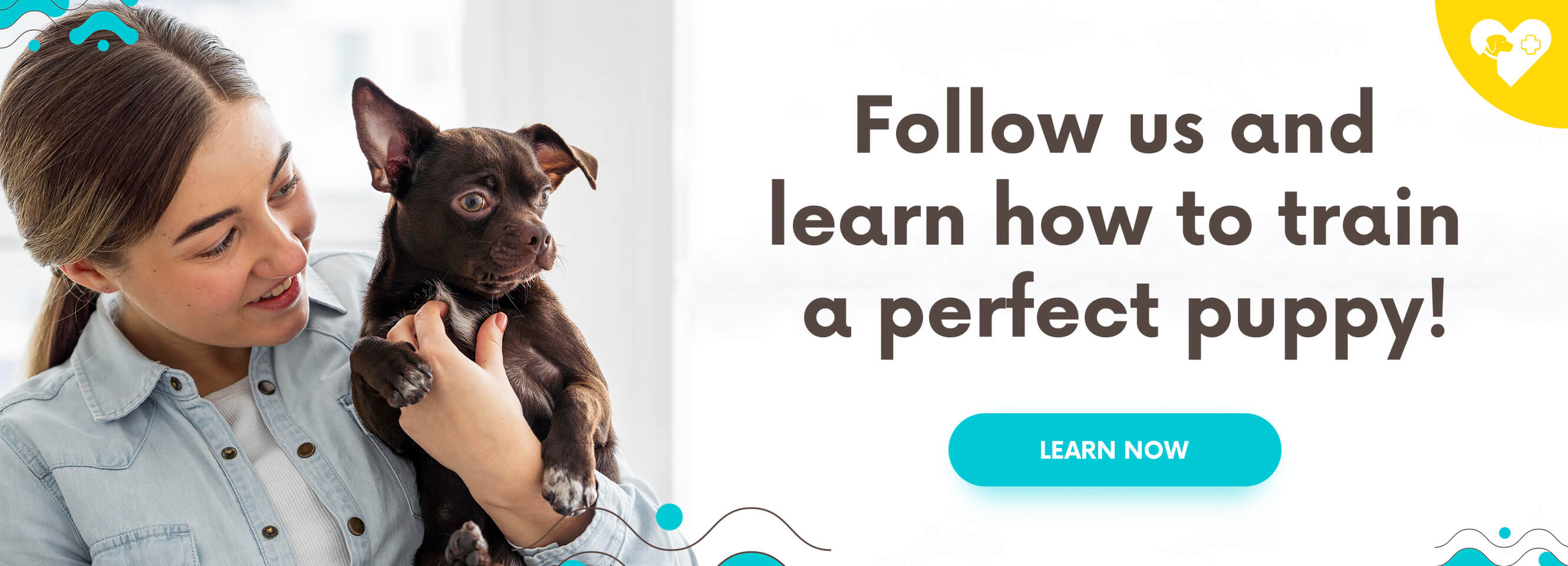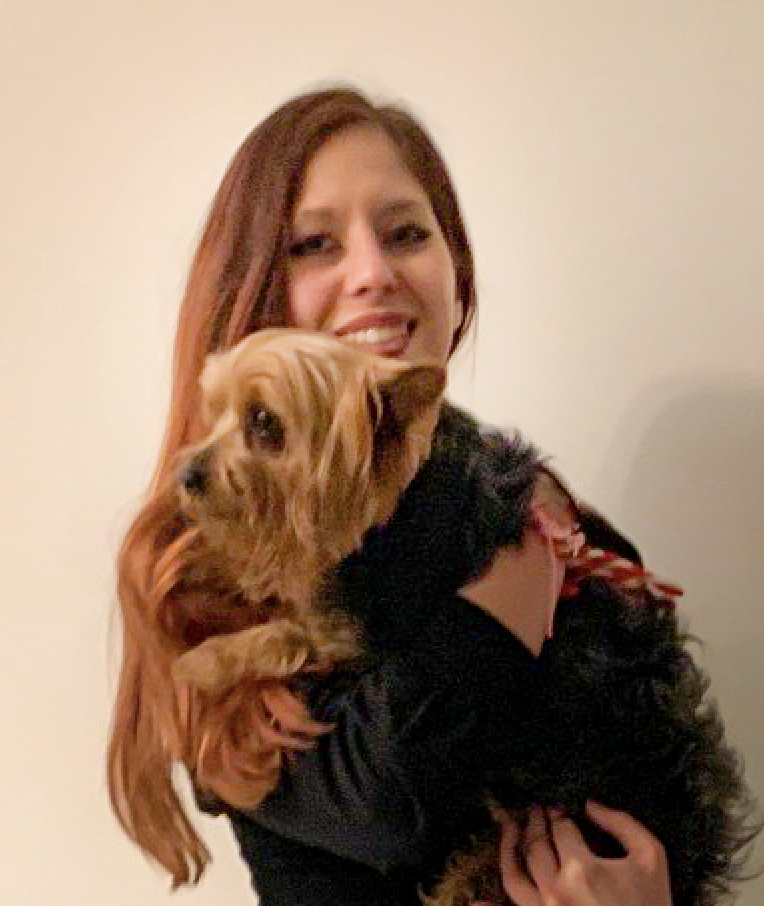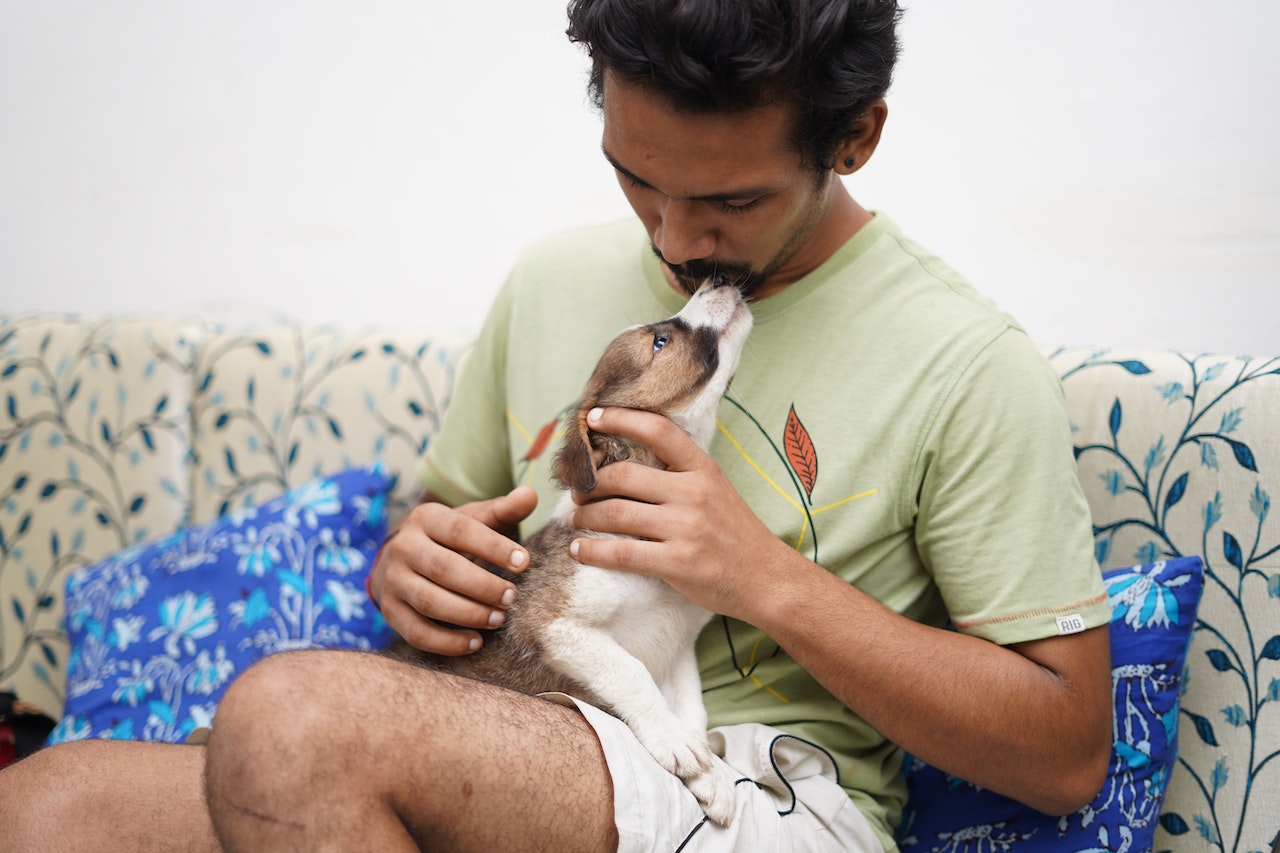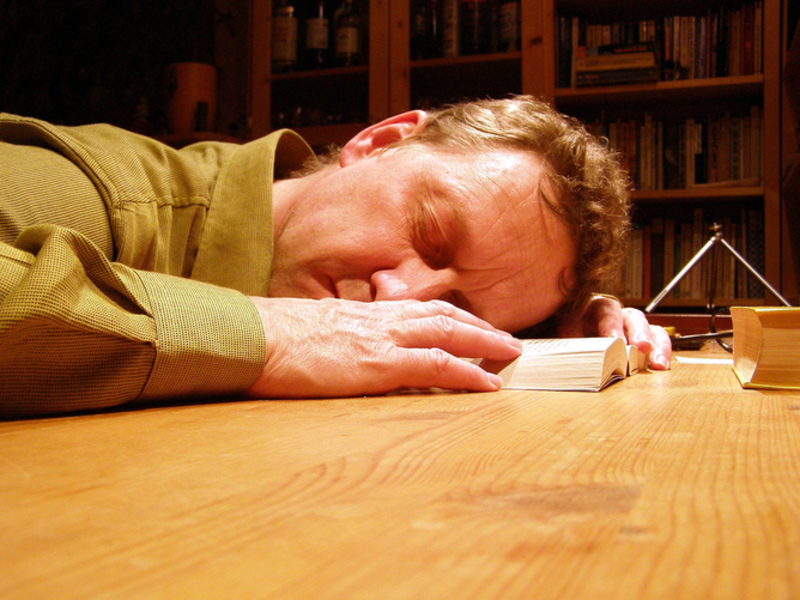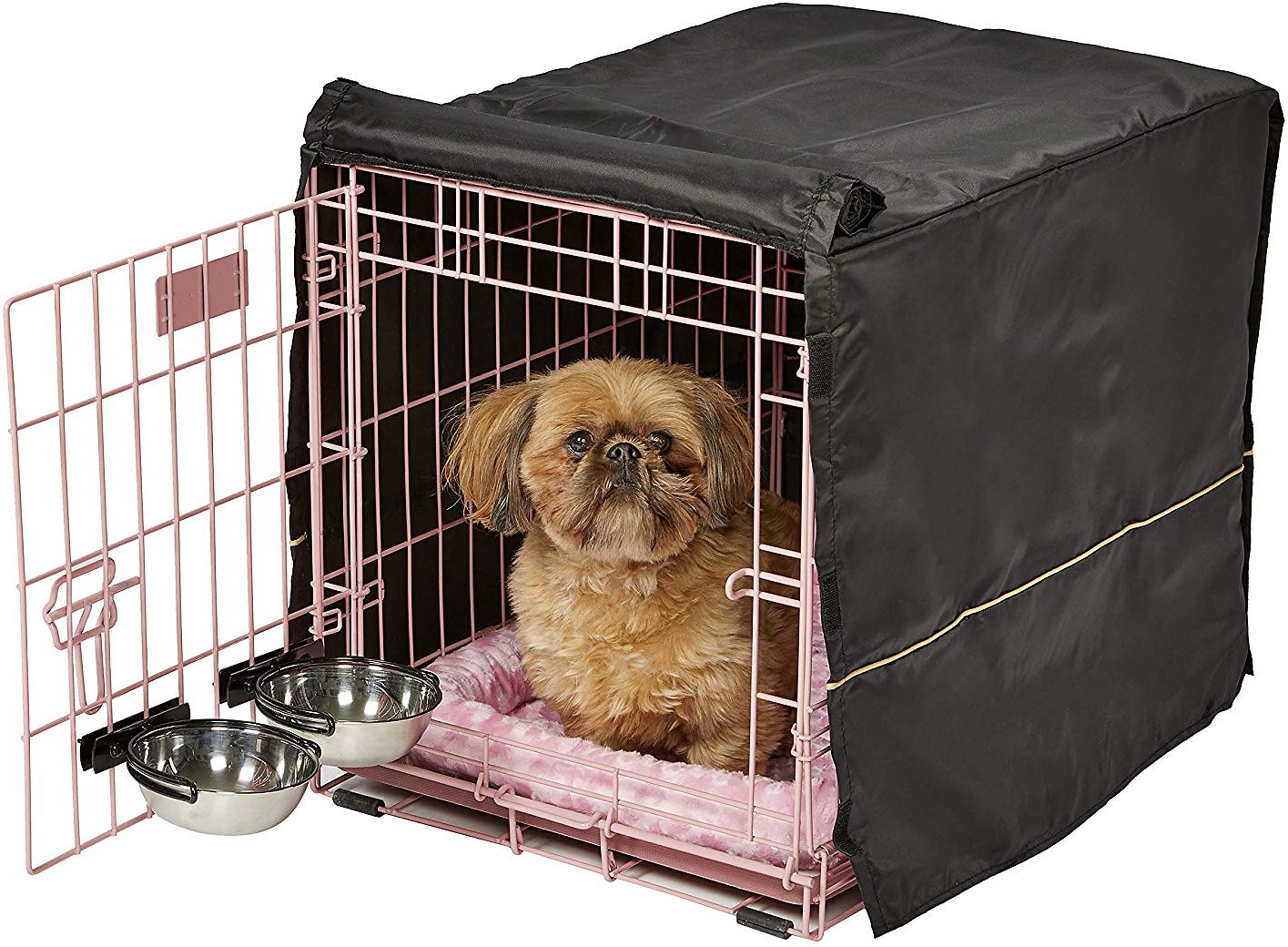
We have explained in our previous article what crate training is, why it is so important for owners and their furry friends, and what steps you may want to follow to conduct proper crate training.
We would like to summarize the most important things you need to remember when crate-training your dog before we come to another essential part of this type of training - how to schedule it.
Things You Need to Know Before Creating A Schedule
The Most Suitable Crate
First, you need to have the right size of the crate- it needs to be neither too small nor too large so that your canine will have enough place to lie down, turn around and stand up. You need to choose the proper material for the crate, that will suit your needs best. Plastic crates are one of the most popular types and are solid and perfect for flights. However, due to their solid structure, your dog will be unable to enjoy a good view while at home. Wired crates are also popular, as your canine is not likely to be able to escape easily from them. Your dog will have a good view and will not feel isolated while at home. This type is the most popular type when it comes to potty training. In addition, many of the wired crates are foldable and hence easy to be transported. Fabric crates are a good solution if you want to go camping with your dog, but they are not practical for potty training.
After choosing the right type and size of the crate for your fluffy friend, you need to make him/her have a positive attitude to the crate.
Treats and Toys for Positive Attitude
The main “tricks” that you may want to use when crate-training your dog are treats and toys. You can start putting or throwing treats (during playtime) in the crate. You can also put your canine’s food bowl inside. Your canine is likely to start going inside the crate to get the treats or to eat his/her regular food. You can hide some treats inside the crate or use toys with treats inside that will stimulate your canine mentally. You need to remember to leave the crate’s door open.
You can start closing the crate’s door
Once your dog shows that he/she feels comfortable being inside the crate, you can start closing the door. Do not forget to keep the sessions short, i.e. close the door for 10-15 minutes. The process needs to be conducted slowly so that your canine does not get stressed or anxious. In the beginning, your dog may begin to whine. Although it can be really difficult for most owners to resist the big loving eyes of their fluffy friend, you need to ignore this behavior.
You should reward your canine when he/she goes in the crate so that he/she will associate the crate with positive reinforcement - treats.
Commands
Once you introduce the crate to your canine, you need to choose cue words as commands, that you will use every time you want your dog to go inside or outside the crate like “kennel up” or “go in” (when you want your dog to go inside) and “out” (if you want your dog to go outside the crate). Of course, you should reward him/her every time. Step by step, you can decrease the number of treats you give your pup as a reward. You need to practice the commands until your dog understands what you expect him/her to do. Every time your canine fulfills a command, praise him/her. Gradually increase the period from the moment you gave the command to the moment you throw the treat in the crate. You want your canine to be able to fulfill the command even without constant reward.
It is crucial for the training that your dog has already developed a positive attitude to the crate before you start closing its door.
Creating a schedule is really important for your pup so that he/she can recognize a pattern and get used to it. Following a pattern will reduce the anxiety in your canine, as he/she will know what to expect. When you abide by the schedule, your dog will learn to relieve him/herself outside the crate at predetermined times.
This is really important for service dogs, as they are likely to travel with their owners, and sometimes flights may take many hours.
How to Do a Schedule
A training schedule has certain parameters you need to follow, however, you should adjust the schedule to the temperament and needs of your pup, so that it will suit him/her best.
After you wake up, you need to go for a walk with your furry friend (potty time), for at least 15-20 minutes.
Then you have some playtime with your canine and let him/her explore the surroundings. Your pup will need 15-20 minutes. Some breeds are more energetic, and you need to take this into consideration when going outside with your dog.
After the walk where your pup has spent an excessive amount of energy, it is time for him/her to go in the crate. You need to feed him/her and provide water as well (do not forget to give your pup water regularly, especially during summer) inside the crate. You can leave your dog inside the crate for 30-40 min. Furthermore, you need to remember that you have to increase the time spent in the crate step by step and monitor your canine’s behavior at all times.
The younger a dog is, the more often he/she will need to go outside to potty, i.e. if your pup is 2-3 months old, he/she may need to relieve his/herself every 2-3 hours. If your canine is 3-4 months old, you need to go with him/her for a walk (potty time) every 3-4 hours. For each month, you need to add an hour. When your dog gets 6 months (or more), you can increase the period to 6-8 hours.
The next step from the schedule is another short walk, considered a potty time- about 10-15 minutes. Then the play-time comes again. You can play games, related to commands like fetch and retrieve, you can also hide treats or use toys with treats inside to stimulate your dog mentally. The play-time may take about 15-20 minutes.
After spending another 15-20 minutes playing (outside or inside the house), your pup can go inside the crate for an hour or two. You may want to put inside the crate your dog’s favorite toys to chew or treats to eat. He/she will need to have a joyful time, while inside.
Example Schedule
We will list an example schedule for your reference that might be helpful for you when creating a schedule for your dog.
If you wake up at 08:00 am, you need to go for a walk with your fluffy friend (potty time). At 8:15 am, you can have some playtime together. At 8:30 am, you need to feed your canine. At 9 am, you need to go for another short walk with your dog (potty time). At 09:15 am, you can have another playtime together. Your dog can explore the environment, can chase, fetch, you can try to teach him/her different commands. Your pup will enjoy the quality time you spend with him/her. At 10:00 am, you can give the command “kennel up” so that your dog will know that you expect him/her to go inside the crate. After two hours- at 12:00 am, you may want to make another “potty break” so that your dog will relieve him/herself. At 12:15 pm, you can start playing. After 15 minutes, at 12:30 pm it comes the feeding time. It is already 13 pm- a potty time again. At 13:15 pm, you can play with your canine for 10-15 minutes. 13:30 pm- your fluffy friend will go inside the crate.
In general, these are the time intervals you need to follow when doing a crate-training. You have to determine when the “potty-time”, the “play-time”, the “relax time” in the crate, and the “feeding-time” will be and stick to it. Once your dog gets used to the schedule, he/she will learn when to relieve his/herself, and you can be relieved that your home will stay clean and he/she will be able to endure long trips. In a few weeks, or even in a week or two, your canine is likely to get used to the schedule. If it does not work from the first attempt, do not lose faith! Just be patient with your dog and use positive reinforcement.
Gradually, you can decrease the potty-time breaks, and increase the time that your dog spends in the crate.
Always remember to have enough play-time with your dog in the mornings and in the evenings, as it is beneficial for the physical and mental state of your canine, as well as for your bonding.



